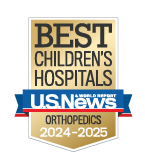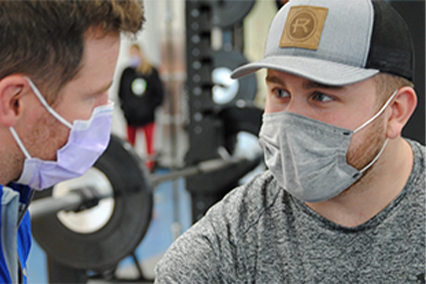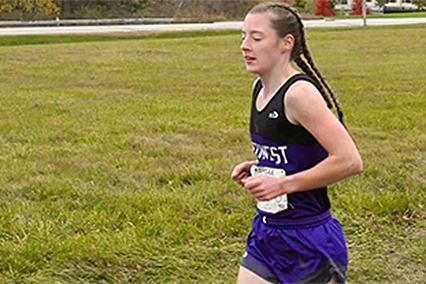Dry Needling and Instrument Assisted Soft Tissue Mobilization

Dry needling
Athletes can develop trigger points, or tight spots within the muscle tissue, due to injury, overuse or dysfunction. Trigger points can cause local pain or “referred pain,” in which the pain travels to other parts of the body.
Dry needling is a physical therapy technique that treats myofascial (muscle) pain. A trained physical therapist inserts a small, solid microfilament needle directly into a trigger point or tight muscle to decrease pain, reduce muscle tension and improve range of motion. It’s called a “dry” needle because it doesn’t inject anything—the needle itself does the work.
Dry needling can help with a variety of diagnoses, including neck, back, shoulder and arm, knee, ankle, hip and headache pain. It has been shown to reduce muscle tightness, increase blood flow, and reduce pain. Dry needling uses the same type of tiny needles as acupuncture, but the treatment approach and training are different.
This technique is usually used together with other physical therapy approaches. Most people see results within the first few sessions—sometimes immediately, but usually within hours or days of the first session.
“I tried treatment after treatment, but dry needling was the only thing that allowed my shoulder pain to let up. My rotation in my shoulder and the pain in my bicep got better each time I did needling.”
Instrument Assisted Soft Tissue Mobilization
Instrument Assisted Soft Tissue Mobilization (IASTM) is a non-invasive technique performed by a trained therapist. The therapist uses hand-held instruments that move along the skin in distinct patterns or motions to treat soft tissue dysfunctions and scar tissue problems.
IASTM can be used for a variety of diagnoses, such as tendinopathies, muscle strains, joint and muscle stiffness, post-surgical scarring and fibrosis. A course of treatment can vary from one time to multiple sessions over several weeks.
You may experience some mild soreness in the treated area at first, but in the long term, IASTM helps reduce muscle pain by stimulating the reabsorption and breakdown of scar tissue. Your therapist will usually combine IASTM with a stretching and strengthening program for better results.
Tommy John surgery recovery: Gage’s story
A college catcher-turned-pitcher with a powerful arm faces the biggest challenge of his athletic career yet. The strong trust he built with the team at Children’s Mercy Sports Medicine Center is supporting his journey back to the mound.

Foot pain: C.J.’s story
C.J. Lyon is a competitive track and cross-country runner, but foot pain almost put a stop to her senior track season. After being referred to Children’s Mercy Sports Medicine Center, she adjusted her training to include more strengthening exercises. Now C.J.’s back in the race, preparing to run track and cross country in college.

Contact the Physical Therapy team
Children’s Mercy Adele Hall Campus
(816) 234-3380
Children's Mercy Blue Valley
Children’s Mercy Village West
(913) 264-3000

